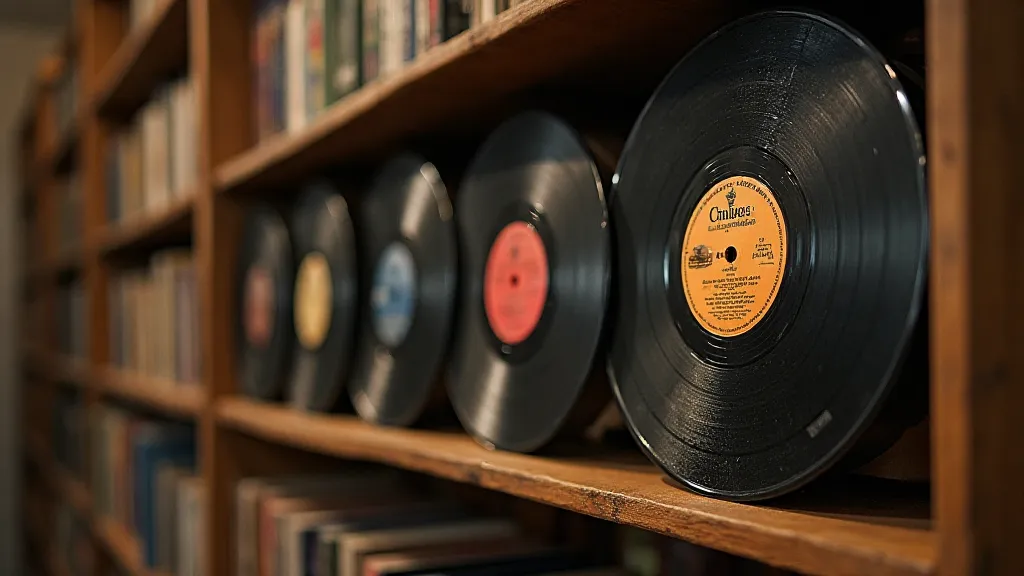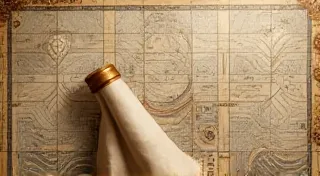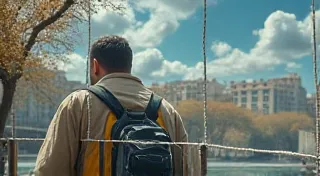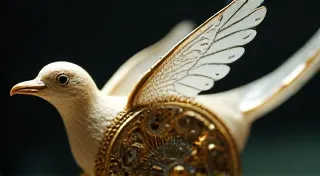Echoes of Memory: How Film Scores Evoke Lost Worlds
There’s a peculiar magic in a film soundtrack. It's not merely background noise; it’s a time machine, a painter of moods, and a vital character in its own right. While iconic scores – Williams’
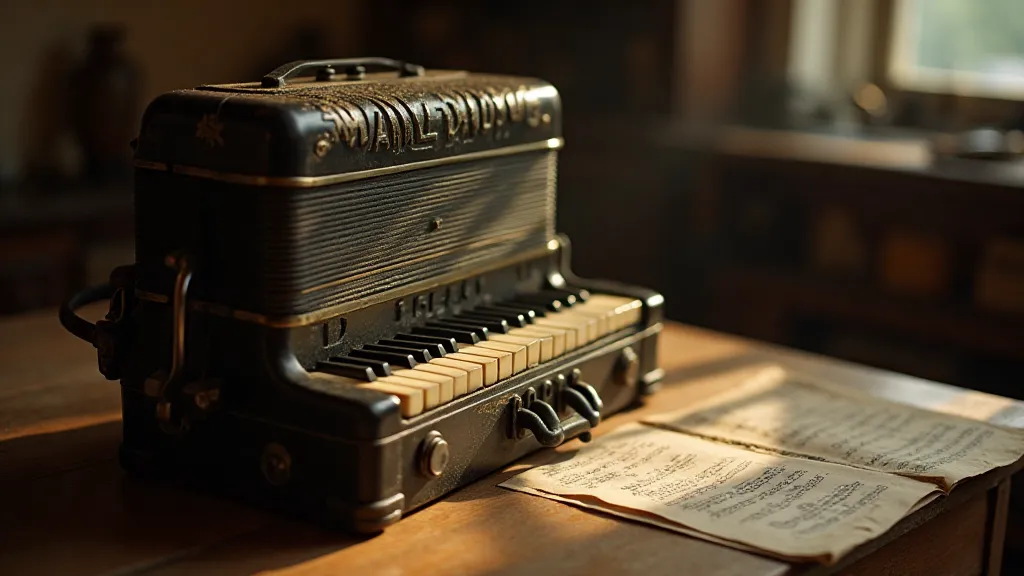
The Alchemy of Nostalgia: Reconstructing Time Through Sound
Nostalgia isn't simply a longing for the past; it's a complex emotion tied to memory, identity, and a sense of belonging. A truly effective film score doesn't just represent a time period; it *feels* like it. Composers achieve this through a myriad of techniques, often relying on the subtle application of instrumentation and harmonic language. Think about the rise of the tango in early Hollywood productions – the mournful, evocative sounds of the bandoneón weren’t just fashionable; they conjured images of bustling South American ports and passionate, clandestine affairs, even if the films themselves rarely depicted them faithfully. The music wasn’t just a soundtrack; it was a cultural shorthand, instantly signaling a romanticized, and often inaccurate, view of a bygone era.
The choice of instrumentation is key. Modern instruments, even when played in a period-appropriate style, carry a certain anachronistic quality. Composers striving for complete authenticity often turn to less common instruments – the theremin's eerie, ethereal wail to evoke a sense of unease and technological wonder in 1950s sci-fi, the pipe organ to suggest gothic grandeur and spiritual weight, or, crucially, the antique accordion. The accordion, particularly, possesses a unique ability to evoke a poignant sense of melancholy and faded glory. Its wheezing breath and unpredictable nuances speak of traveling fairs, dusty parlors, and a certain kind of quiet desperation. It isn't a triumphant instrument; it's a reflective one, perfectly suited to underscoring moments of lost innocence or quiet resilience.
Recurring Motifs: Weaving Tapestries of Memory
Beyond instrumentation, the clever use of recurring motifs – melodic phrases or harmonic progressions – strengthens the connection between the score and the narrative’s emotional core. Consider the films of Yasujirō Ozu, masters of understated Japanese cinema. His scores, often minimalist and featuring traditional Japanese instruments like the
The genius of these forgotten scores often lies in their simplicity. Composers weren’t burdened by the expectations of blockbuster demands; they were free to explore quieter, more nuanced approaches to storytelling. This allowed for greater experimentation and a deeper connection between the music and the visuals. A beautifully crafted cue might not be a soaring orchestral triumph, but a single, plaintive accordion line, perfectly mirroring the protagonist's quiet despair – and that, in its own way, can be far more powerful. Sometimes, the most effective scores aren’t about grand statements, but about the subtle manipulation of emotion – a deliberate crafting of unease or resonance that speaks directly to the subconscious.
Craftsmanship & The Forgotten Art of Restraint
The production quality of these older soundtracks often reflects the limitations of the technology available at the time. Recordings might be muffled, the orchestration might be sparse, and the overall sonic landscape might lack the pristine clarity of modern scores. However, these imperfections often *enhance* the charm. They serve as a tangible reminder of the film's age and the unique challenges faced by the composers and musicians involved. There’s a certain beauty in these imperfections, a sense of authenticity that’s difficult to replicate in a sterile, digitally remastered environment.
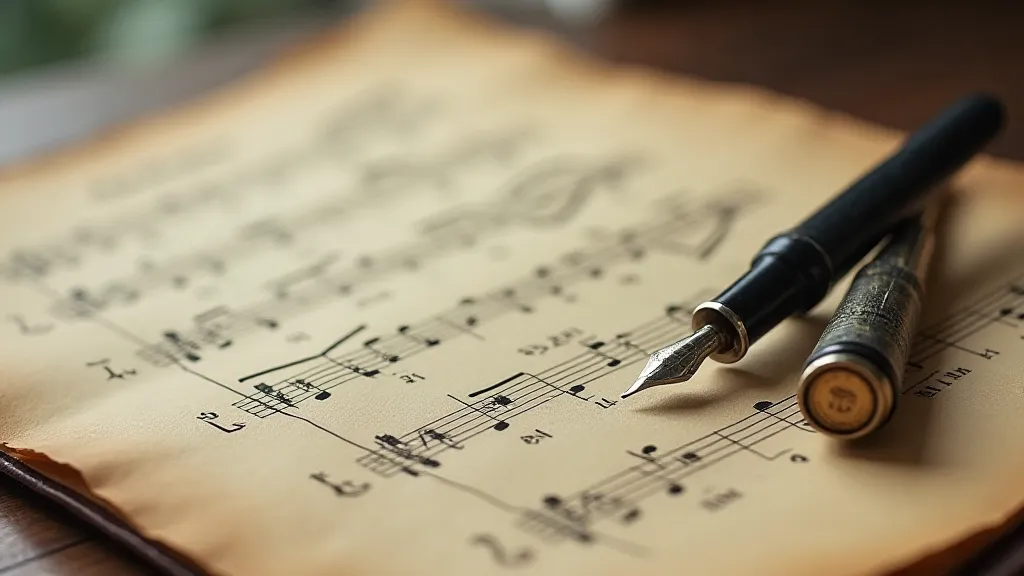
Furthermore, the composers of these forgotten soundtracks often demonstrated remarkable restraint. They understood that music's power lies not in constant presence, but in its judicious application. A long, silent scene can be just as effective as a soaring orchestral cue, provided the silence is filled with a sense of palpable tension or unspoken emotion. This understanding is often lacking in contemporary scores, which frequently rely on a relentless barrage of musical cues to manipulate the audience’s emotions. The carefully considered placement and absence of music—the deliberate use of dissonance—can be just as telling as a triumphant chord. Composers who master this principle know how to amplify conflict and deepen the audience’s engagement, as discussed in The Broken Cadence: How Discordance Amplifies Conflict. The ability to use silence, discord, and unexpected shifts in tone to create a specific emotional response is a hallmark of true artistry.
Decoding the Composer’s Language
The true art of film scoring lies not just in the selection of instruments or the arrangement of melodies, but in the subtle cues and linguistic tricks used to guide the audience’s emotional response. A brief, fleeting chord progression might foreshadow an upcoming tragedy, while a recurring motif might represent a character’s inner turmoil. These cues are often so subtle that they operate on a subconscious level, shaping our perceptions and influencing our emotional engagement with the film. Recognizing these signals and understanding how they contribute to the narrative requires a keen ear and a deep appreciation for the composer’s craft. Learning to decipher these musical cues and understanding their significance can transform the viewing experience, revealing layers of meaning that might otherwise be missed. It is a form of cinematic literacy, akin to understanding the nuances of dialogue and visual storytelling. The ability to interpret these subtle signals is a fascinating area of study, as explored in The Composer’s Secret Language: Deciphering Subtle Musical Cues. Unraveling these subtle musical signals is akin to uncovering a hidden language, revealing the composer's intentions and adding depth to the cinematic experience.
Restoration and Collecting: Preserving Echoes
The preservation of these forgotten soundtracks is crucial for ensuring that future generations can experience the full scope of cinematic art. Many of these scores have been lost to time, existing only as fragmented recordings or incomplete manuscripts. Dedicated archivists and film music enthusiasts are working tirelessly to locate, restore, and document these precious artifacts. The process can be challenging, requiring painstaking research, meticulous restoration techniques, and a deep understanding of film music history. These efforts are not just about preserving musical recordings; they are about safeguarding a vital part of our cultural heritage.
For those interested in collecting, these forgotten soundtracks offer a unique and rewarding pursuit. Original soundtrack recordings from obscure films can be surprisingly affordable, particularly if the films themselves are not widely known. However, the condition of the recordings can vary greatly, and it’s important to do your research and purchase from reputable sources. The thrill of uncovering a rare and beautiful score, a hidden gem from a forgotten world, is a reward in itself. Beyond the thrill of the hunt, collecting these soundtracks provides a tangible connection to the past, allowing us to experience the artistry and ingenuity of composers who were often overlooked in their own time. It's a chance to travel back in time and rediscover the magic of cinema, one forgotten soundtrack at a time. And, as with any collection, the preservation of these auditory artifacts ensures that they continue to inspire and enrich the lives of future generations. The importance of safeguarding these unique artistic treasures is paramount, as they offer a window into a bygone era and contribute to our understanding of cinematic history. The preservation and restoration of these soundtracks are essential to ensure that their beauty and artistry are appreciated for generations to come. These treasures provide a tangible link to the past, allowing us to experience the artistry and craftsmanship of composers who were often overshadowed by the larger-than-life scores of blockbuster films. Their enduring appeal lies in their ability to evoke memories and transport us to another time and place, offering a glimpse into a world that may have been lost to the sands of time. The act of collecting these forgotten soundtracks is not just a hobby; it is a commitment to preserving cultural heritage and celebrating the artistry of those who have shaped the landscape of film music.
The next time you stumble upon a forgotten film, take a moment to appreciate the soundtrack. Listen closely to the instrumentation, the recurring motifs, and the overall atmosphere. You might just discover a hidden masterpiece, a poignant echo of a world that once was. These aren’t just soundtracks; they are time capsules, carefully crafted to evoke memories and transport us to places we’ve never been. Their significance extends beyond mere accompaniment; they are integral components of the cinematic experience, shaping our perceptions and influencing our emotional engagement with the narrative.
